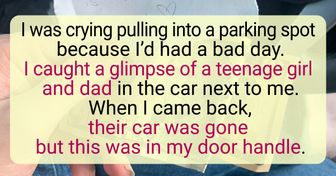18 Creative Brides Who Walked Down the Aisle in Dresses They Made Themselves

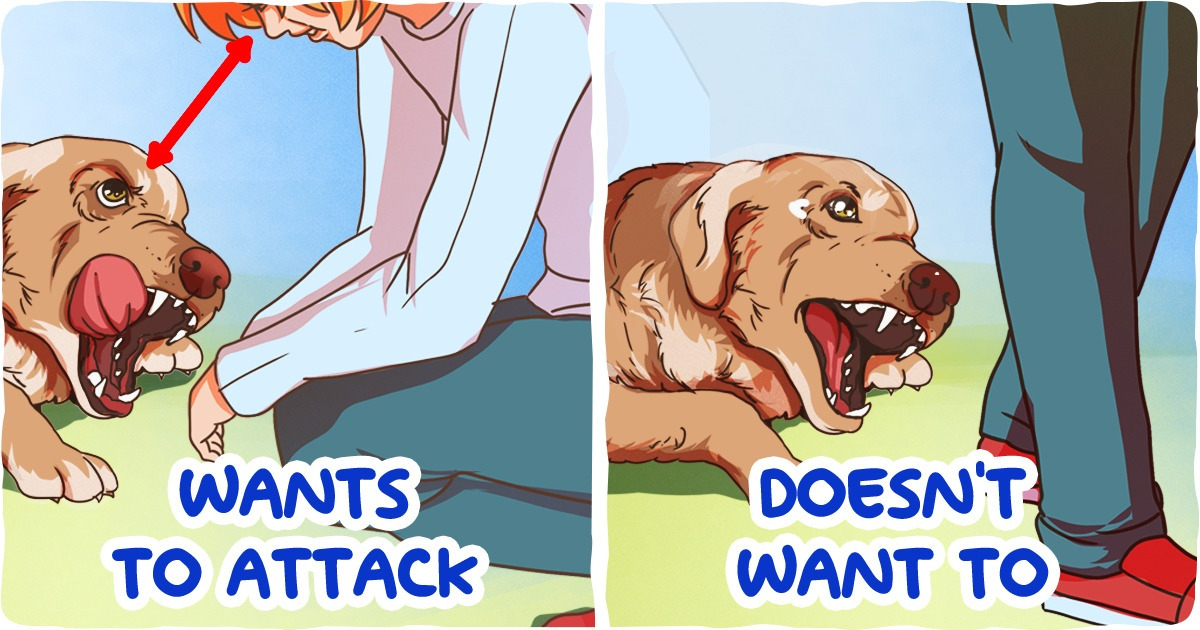
It’s possible to avoid critical consequences in many dangerous situations if one acts correctly. For example, movies taught us that snake venom should be quickly sucked out from the bite. However, no one should ever do that.
We at Now I’ve Seen Everything prepared some useful hacks for how to behave in extreme situations.
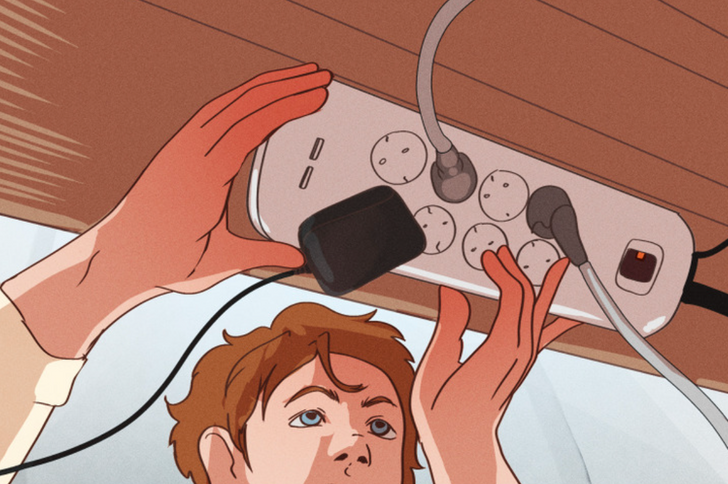
If the source cannot be found, it’s probably the smell of melting wires. They have heat-resistant insulation, and if things get too hot, they can give off a smell that resembles the smell of fish. This situation is very dangerous and may result in a fire. The best solution is to turn off the electricity until the cause is clarified and call an electrician.
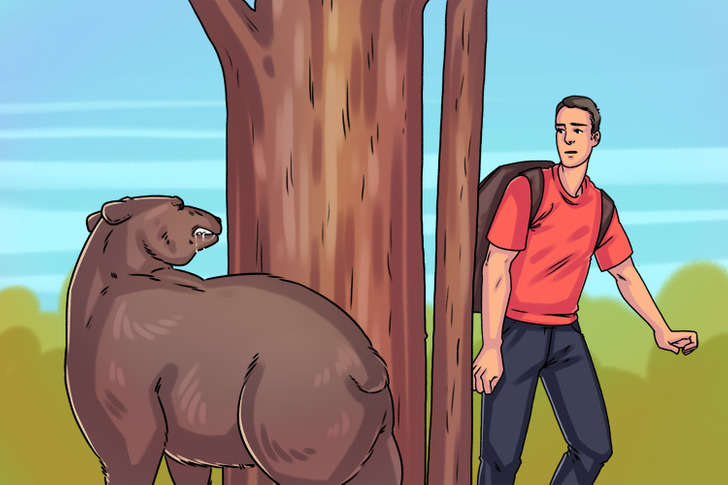
The best way, of course, is to stay away from bears in the wild, but if the meeting still happens, keep in mind that normally these animals prefer to avoid conflict. Identify yourself — the bear should understand that you are a human and not its potential prey. That’s why you should talk to the bear in a calm voice, staying in one spot and waving your hands at the same time. The bear might come up to you to smell you and find out who you are and what you’re going to do. If the animal is standing on its hind legs, it means it’s merely interested in your and doesn’t want to attack.
If the bear is motionless, slowly move away from it. Don’t run. Bears are quick runners and perfect tree climbers — it’s pointless to compete with them. If a brown bear starts to chase you, stop and pretend to be dead. Lie on your stomach with your hands clasped behind your neck. Spread your legs to make it harder for the bear to turn you over. Don’t move until the bear is gone. However, if the attack doesn’t stop, resist vigorously. Use whatever you have on hand to hit the bear and aim for the head.
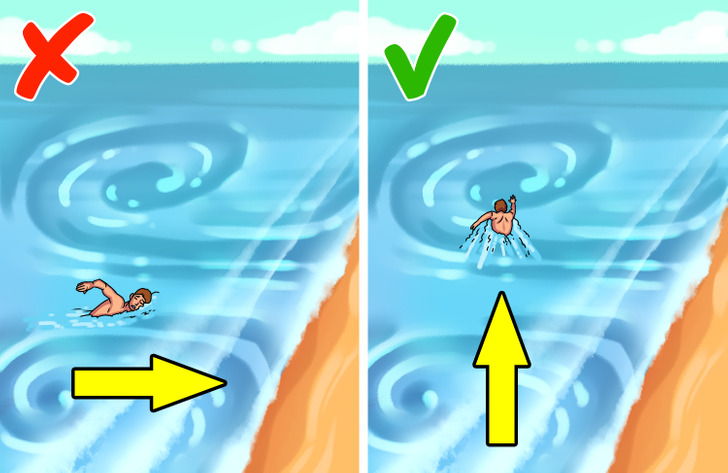
It’s useless to swim against the rip current toward the shore — you’ll only waste your energy. Try to move parallel to the shore until you’re out of the current, and then swim toward land.
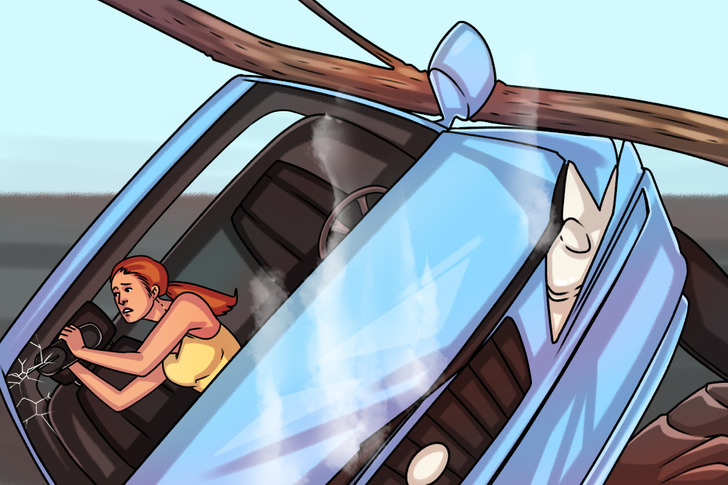
In a situation where it’s possible to get out of the car only through the window, it’s worth remembering that it’s much easier to break the glass with hits not in the center, but along the edges. By the way, the head restraint will handle this task if you are able to pull it out of the seat back. Try to check in advance whether it’s possible to do so. If not, you can purchase a multi-tool that can help you out in an emergency.
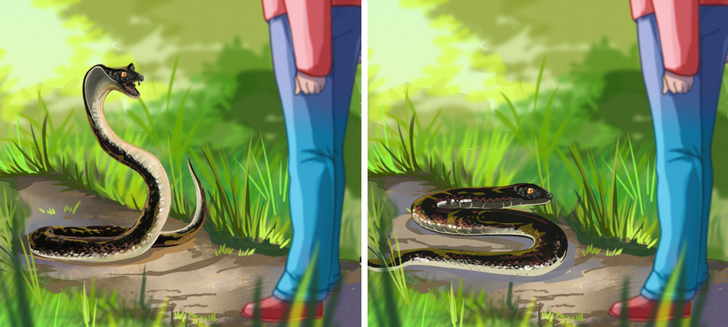
If you meet a snake on the street, try to ignore it. Generally, snakes don’t attack humans unless provoked. However, if the snake rears up and flexes its neck to form a hood, it’s aggressive and likely to attack.
If you get bit by a snake, don’t try to suck out the venom. Immediately call an ambulance, stay calm, and sit down. This will reduce the speed at which the potential poison can travel through the body. Before the arrival of doctors, try to keep the bite below the level of your heart.
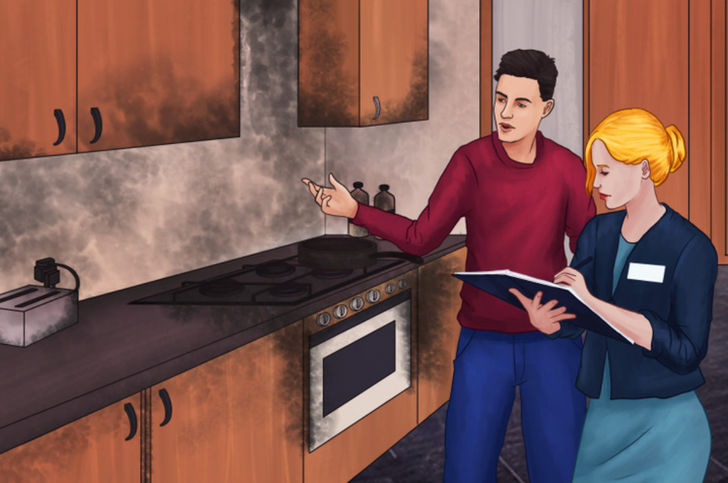
It sounds strange, but if direct sunlight falls on a bottle of water, it can actually cause a fire. The fact is that in this case, the bottle will act as a lens and concentrate the sun’s heat at a specific point. It is better to store such bottles away from windows and never leave them in the car.
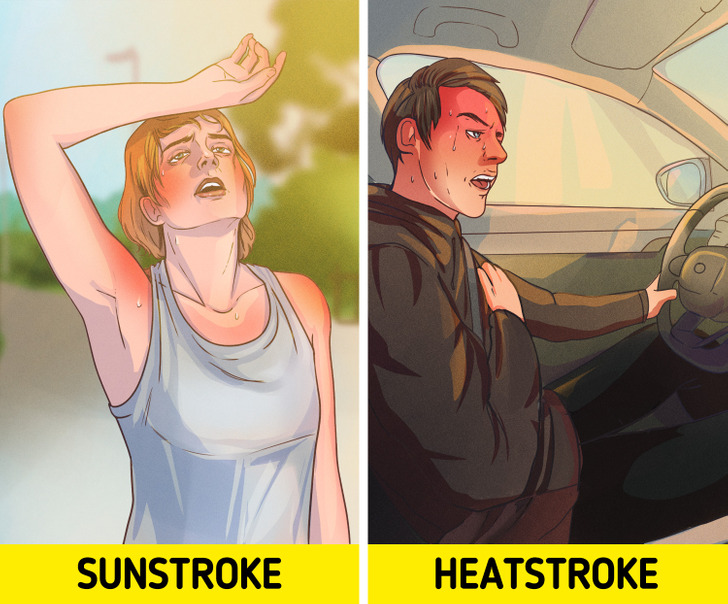
High temperatures can be dangerous. In summer, people often become victims of sun or heatstroke. It is very important to recognize them in time and take action.
Sunstroke occurs when the body experiences long exposure to hot sunlight, especially on the head and upper neck. Symptoms include dizziness, headaches, sweating, high fever, vomiting, and diarrhea.
Heatstroke occurs as a result of general overheating of the body (i.e. from exposure to sunlight). Unlike sunstroke, heatstroke can be obtained not only on the street but also indoors, in a sauna, in transport, etc.
The mild form is accompanied by the feeling of tiredness, latency, and drowsiness. A moderate form of heatstroke also includes symptoms such as severe thirst, fever, nausea, feeling faint, increased sweating, and nose bleeds. A severe form of heatstroke is a dangerous condition. A person can experience confusion, there is practically no sweating, and the skin is dry and hot.
With both heat and sunstroke, you need to urgently call an ambulance. Afterward, make sure to isolate the victim from the sun or remove them from any stuffy, hot rooms and give them fresh air. Then apply a cold compress to the forehead, have them sniff ammonia, and give them cool water to drink.
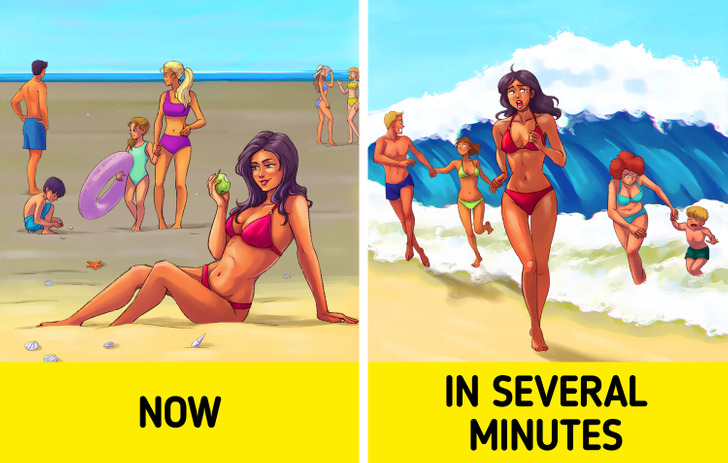
A sudden disappearance of water from the coast for a considerable distance is one of the signs of an upcoming tsunami. A wave can cover the shore within a few minutes after the water has receded. If you notice this in an area where such a natural disaster is possible, you should immediately warn everyone around you and run.
In 2004, there was an earthquake in the Indian Ocean, which later cause tsunamis. Unfortunately, only a few people paid attention to the signs. Almost all the vacationers went to the shore to collect seashells and fish left after the water left the shore. It was mostly kids who were interested in this phenomenon. However, there were people on 2 of the beaches who knew this fact — a 10-year-old girl, Tilly Smith, and a biology teacher, John Chroston. That day, they managed to save many lives.
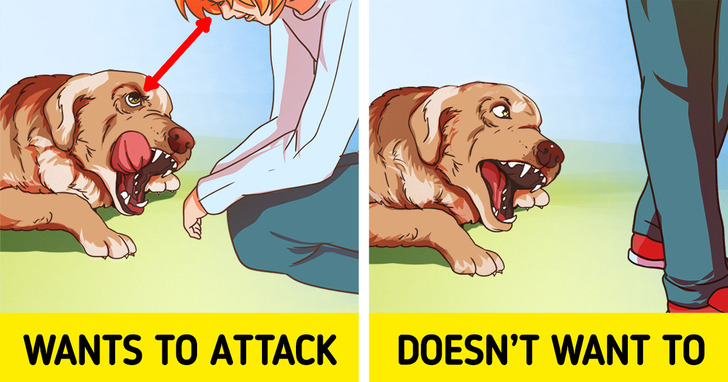
Sometimes, a dog can also be dangerous. The animal may attack if it feels uncomfortable, stressed, or anxious. Try to pay attention to the body language of the canine, as this will help you avoid getting bit.
For example, when a dog is excessively excited, when it’s angry, or feeling scared, the hair on its back and neck will stand on end. A lowered body and a tucked tail also signal fear, while a tense body and a raised tail indicate aggression. When the dog feels like they’re in danger, it’ll crouch to the ground to protect its throat in case of a possible attack.
Usually, the whites of dogs’ eyes are clearly visible only when they feel vulnerable. Animals most often don’t take their eyes off a potential threat, even when they slightly turn their head. In this situation, avoid direct eye contact and keep your distance to allow the dog to get back into its normal condition.
The feeling of discomfort, anxiety, and insecurity can also be revealed by intense yawning, a distant look, increased salivation, and licking of the lips. It is this behavior that often precedes the bite.
If you come across a dog whose behavior suit all the aforementioned signs, try to carefully move away from it.
In fact, different types of dangers can be around any corner, which is why sensible cautiousness will do anyone some good. Thanks to this article, you’ll know how to behave in potentially dangerous situations. Have you ever had to face something similar in life? Please tell us about your reaction in the comments— perhaps someone will find this information useful.

